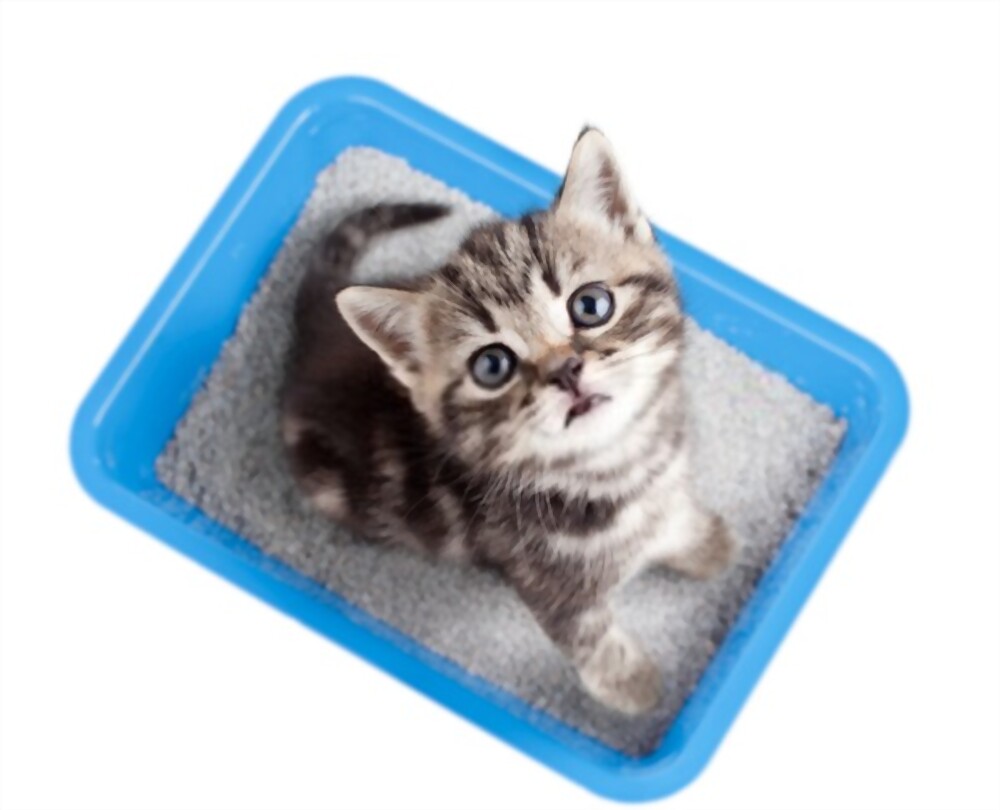Fresh Step Kitty Litter and Super Scoops Kitty Litter spawned a cat litter fight over whose litter is freshest and which litter cats prefer. The results are “jarring” and show how improperly designed sensory research can result in false advertising litigation.
Case Facts and Background
Church & Dwight Co. makes a number of cat litter products that incorporate Arm & Hammer baking soda under the Arm & Hammer trademark, including Arm & Hammer Super Scoop Clumping Litter and Arm & Hammer Double Duty Clumping Litter. Clorox manufactures Fresh Step cat litter, which uses carbon over baking soda for eliminating odors. In 2010, Clorox began airing television ads depicting cats choosing a Fresh Step-filled litter box over another, with the voiceover stating “cats like boxes…with Fresh Step litter inside…because Fresh Step’s scoopable litter with carbon is better at eliminating odors than Arm & Hammer.” The following spring, in 2011, it aired another commercial showing cats performing clever stunts, with the voiceover, “Cats are smart. They can outsmart their humans. Their canines. Unlock doors. They’re also smart enough to choose the litter with less odors.”
In response to that ad, Church & Dwight commissioned a study that tested whether 158 cats would reject litter boxes full of its Super Scoop litter. It found that fewer than 4% rejected the Super Scoop boxes, and 5% rejected Fresh Step, the Clorox brand. On the strength of those results, Church & Dwight filed a complaint arguing that the Clorox ads were literally false, but voluntarily dismissed it after Clorox discontinued the ad.
Sensory Lab Design
However, Clorox’s marketing campaign may have had nine lives, because the company was back within two weeks with another ad showing cats doing clever things. After a voiceover praising feline intelligence, the ad showed a laboratory with two beakers, one labeled with “carbon” and one with “baking soda.” The carbon beaker was also labeled Fresh Step; the baking soda beaker was unlabeled, but Arm & Hammer was the only major litter brand that used baking soda. The voiceover claimed that carbon was more effective at eliminating odors than baking soda, and the images on the screen reinforced that by showing green gas dissipating in the carbon beaker but remaining in the beaker full of baking soda.
Church & Dwight once again sued for false advertising, arguing that it was untrue that baking soda does not eliminate odors well, or that litter with baking soda was less effective than Fresh Step. To substantiate those claims, Clorox submitted an in-house sensory lab test intended to evaluate odors, called the “Jar Test.” Under the supervision of an expert witness in sensory testing, Clorox prepared two jars with baking soda, two jars with carbon, and two empty jars, then added cat urine to one of each kind of jar and cat feces to the other jars.
After letting the scents marinate in the sealed jars for 22-26 hours, Clorox had 11 trained panelists smell each jar and rate the odors from 0 to 15. Each experiment was repeated three more times, so that each lucky panelist smelled each type of jar four times, for a total of 44 samples. The results showed that carbon reduced odor 32% more than baking soda–the exact claim in the challenged commercials–and that no panelist smelled a bad odor after the excretions were treated with carbon.
Did These Sensory Labs Support the Claims?
Once again smelling a rat, Church & Dwight challenged this test, arguing that the jar test both did not substantiate the implied claims at the heart of the commercial and also had improbable results. The court found for Church & Dwight on both counts. With respect to the jar test’s relevance to the commercial, the court found that the test was unrealistic, as cats do not seal their litter and odors can arise anytime after excrement is made. As a result, it couldn’t substantiate any claims about the litter’s performance under normal conditions.
Another thing the court found “highly implausible” was the test result showing “that eleven panelists would stick their noses in jars of excrement and report forty-four independent times that they smelled nothing unpleasant.” In fact, the court wrote, Clorox had conducted earlier tests showing that respondents reported a malodor even in a completely clean litterbox. As a result, the court found that Clorox’s ad made literally false claims and granted an injunction (court order) restraining the company from running the ad.
Conducting Reliable Sensory Research
Comparative claims–claims that compare one product to another, or even an ingredient like carbon to an ingredient like baking soda–must be properly substantiated or advertisers risk a lawsuit from a competitor, which could mean losing millions of dollars. Church & Dwight identified issues in the sensory research that may have been avoided had the research been conducted under conditions that more accurately represent the cat litter product’s real-world use–an important standard in litigation surveys.
MMR Strategy Group are experts in designing and performing sensory lab research to substantiate claims–even malodorous ones. We offer organizational training that can help our clients to conduct research in-house–or know what to look for in an outside expert–in addition to directly providing sensory surveys for litigation and regulatory purposes. If you’re interested in those services, reach out to us meow.
